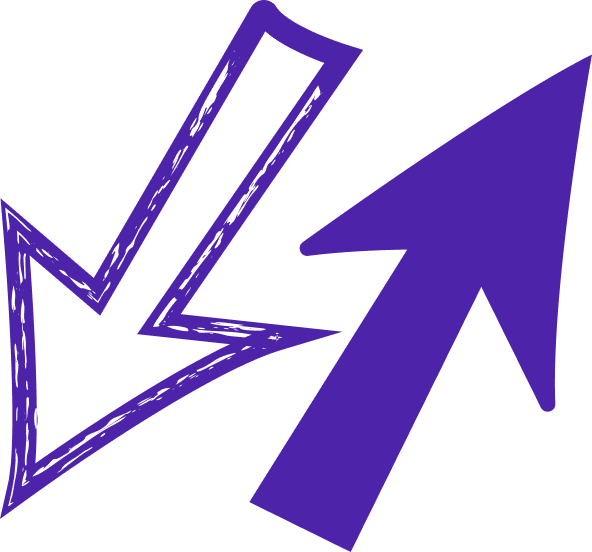
back face culling
Back Face Culling: The Unsung Hero of 3D Graphics
Back Face What Now?
First, let's decode the term. 'Back Face Culling' is a technique used in 3D computer graphics to improve performance. It's pretty simple: when a model is rendered, any faces of the model that are pointing away from the camera (the 'back faces') get culled, meaning they're ignored and not drawn.
Why Do We Need Back Face Culling?
Think about it. Why would we waste precious processing power on rendering parts of an object that we can't see? It's like painting the back of a wardrobe that's up against a wall. Back Face Culling is all about efficiency. By ignoring these unseen faces, we can save time and resources, making our 3D rendering process quicker and smoother.
The Culling Process
So, how does the system know which faces to cull? It's all about normals - vectors perpendicular to a face of the object. If a normal is facing the camera, it's a front face, and we render it. If it's facing away, it's a back face, and we say, "Thanks, but no thanks" – that's culling in action.
Pros and Cons of Back Face Culling
The biggest plus of Back Face Culling is the boost in performance. With fewer faces to worry about, rendering becomes faster and less resource-intensive, which is great, especially for complex scenes or when hardware resources are limited.
However, it's not always roses and sunshine. Back Face Culling relies on correctly defined normals and a well-constructed 3D model. If a model has errors or the normals are off, culling might remove faces that should be visible, causing weird visual glitches.
The Lowdown on Back Face Culling
Despite being a bit of a behind-the-scenes player, Back Face Culling is a vital tool in 3D graphics. It's like a diligent stagehand, silently working to ensure the 3D world we see is rendered efficiently and smoothly.
So, next time you're lost in a 3D game or marveling at some stunning CGI, spare a thought for Back Face Culling, the unsung hero working tirelessly backstage to deliver a seamless experience. Keep on culling!

Digital Transformation Strategy for Siemens Finance
Cloud-based platform for Siemens Financial Services in Poland
Kick-start your AI Digital Transformation strategy with experts.
We design tailored digital transformation strategies that address real business needs.
- AI Strategic Workshops
- Process & Systems Audit
- Implementation Roadmap
Let’s build your next digital product — faster, safer, smarter.
Book a free consultationWork with a team trusted by top-tier companies.








